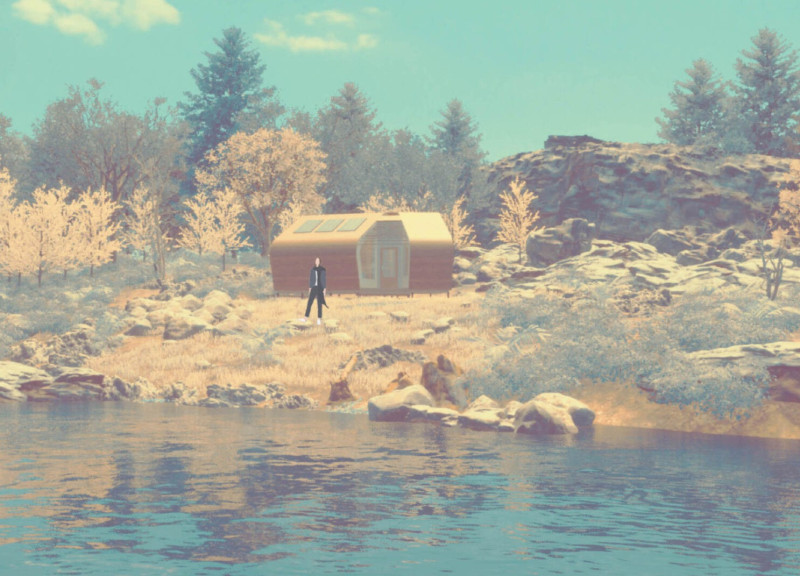5 key facts about this project
"FUNGI FINLANDIA" is an architectural endeavor that focuses on sustainability and adaptability through the use of mycelium. Located in Finland, the design acknowledges the country’s diverse climate and aligns itself with the natural processes found in organic growth. By reflecting the lifecycle of fungi, the project presents a concept that interweaves nature with residential needs, aiming for a practical and environmentally friendly solution.
Material Properties
Mycelium serves as the main building material, valued for its thermal insulation capabilities and its resistance to fire, water, and mold. This choice allows for a carbon-negative approach, helping to create a fully compostable structure. In addition, recycled building materials are included to further reduce environmental impact and underline the project’s commitment to sustainability. Together, these materials support a construction methodology that prioritizes ecological mindfulness.
Modular Design Concept
The design embraces modularity through the MicroHome concept, which promotes flexibility in how spaces can be used. The layout is organized into distinct areas, including living spaces, kitchens, bathrooms, and bedrooms. Each zone is designed to maximize utility while retaining a comfortable scale. This careful arrangement facilitates various living arrangements, making the most of the available space in an efficient manner.
Environmental Adaptability
The building's design directly addresses the challenges posed by Finland's climate. With considerations for heavy rain, high humidity, freezing temperatures, and rapid temperature changes, the architectural approach ensures durability and resilience. This focus on adaptability informs not just the choice of materials but also the overall form and functionalities of the building.
One notable aspect of the design is the careful detailing within the modular components, which allows for straightforward assembly and future adjustments if needed. This element of adaptability emphasizes the connection to natural processes, echoing the way fungi work with their environment, promoting a seamless integration between architecture and nature.



















































